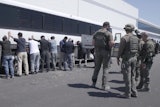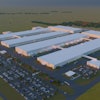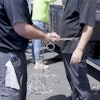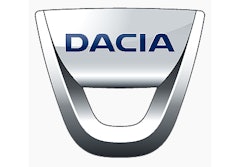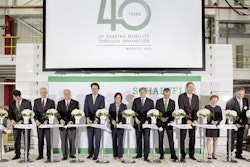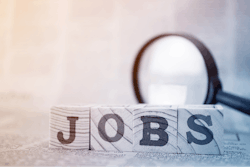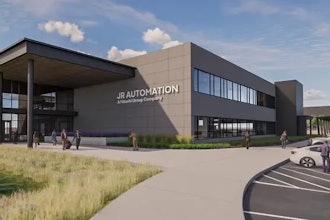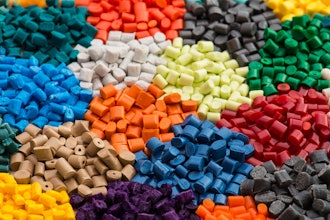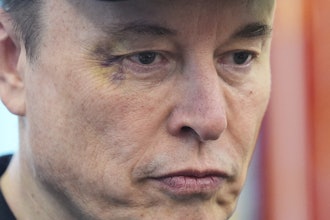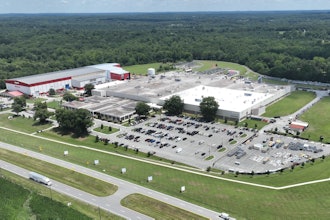Preceding all NASCAR race telecasts on ESPN, ESPN2, and ESPN on ABC is an opportunity to see TV lighting history. ESPN’s NASCAR Countdown studio show will originate from one of the most technologically advanced traveling studios ever used in sports television.
 The mobile pit studio, which weighs nearly 78,000 pounds and will travel to 26 NASCAR tracks this season, has been entirely outfitted with state-of-the-art LED lighting. Situated near the pits at every track, the studio elevates 14 feet while in use and has 30 feet of glass windows along one side, giving viewers a look at the cars, grandstands, and pageantry prior to the start of the race. “ESPN and ESPN on ABC’s coverage of the NASCAR NEXTEL Cup Series and NASCAR Busch Series will be the most technologically advanced programming in the history of televised motor sports,” according to Jed Drake, senior vice president and executive producer for ESPN.
The mobile pit studio, which weighs nearly 78,000 pounds and will travel to 26 NASCAR tracks this season, has been entirely outfitted with state-of-the-art LED lighting. Situated near the pits at every track, the studio elevates 14 feet while in use and has 30 feet of glass windows along one side, giving viewers a look at the cars, grandstands, and pageantry prior to the start of the race. “ESPN and ESPN on ABC’s coverage of the NASCAR NEXTEL Cup Series and NASCAR Busch Series will be the most technologically advanced programming in the history of televised motor sports,” according to Jed Drake, senior vice president and executive producer for ESPN.
ESPN’s mobile Pit Studio marks a new direction in TV studio lighting as designed by lighting designer Bruce Ferri of New York City Lites. This was intentional, according to Ferri. “We all know that we could have done things the old fashioned way, but the mandate was to be cutting edge and to think outside the box,” he says.
 The expanding truck had very little room. Also, the side of the truck is all glass so viewers can see the track. A concern was first, having enough light on people to counteract the background, as well as being able to change color temperature as they went from day into night.
The expanding truck had very little room. Also, the side of the truck is all glass so viewers can see the track. A concern was first, having enough light on people to counteract the background, as well as being able to change color temperature as they went from day into night.
“Early on, I probed my mind for what source could change color; I needed a color-changing source,” says Ferri. “I was looking around and I saw Selador, I got a demo, and it looked interesting, so I arranged to do a camera test in Bristol, CT where ESPN is located. The test made up my mind.”
Ferri used a mix of LED units, but chose the Selador X7™12-Square as his key light. “The nice thing about the Selador is that with the lens system I was able to really use it as a key light,” explains Ferri. “It is kind of a crazy use for the light but using 30-degree lenses on some of the lights and 20 degrees on others kept one light from spilling onto another person.”
